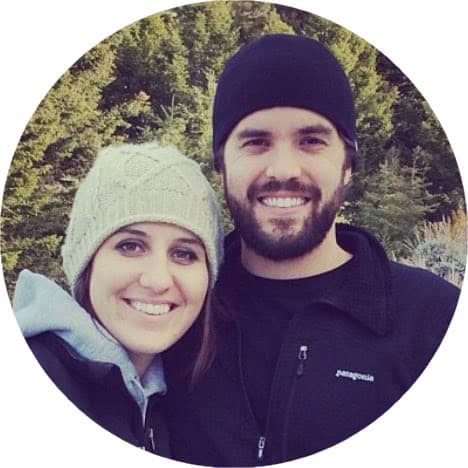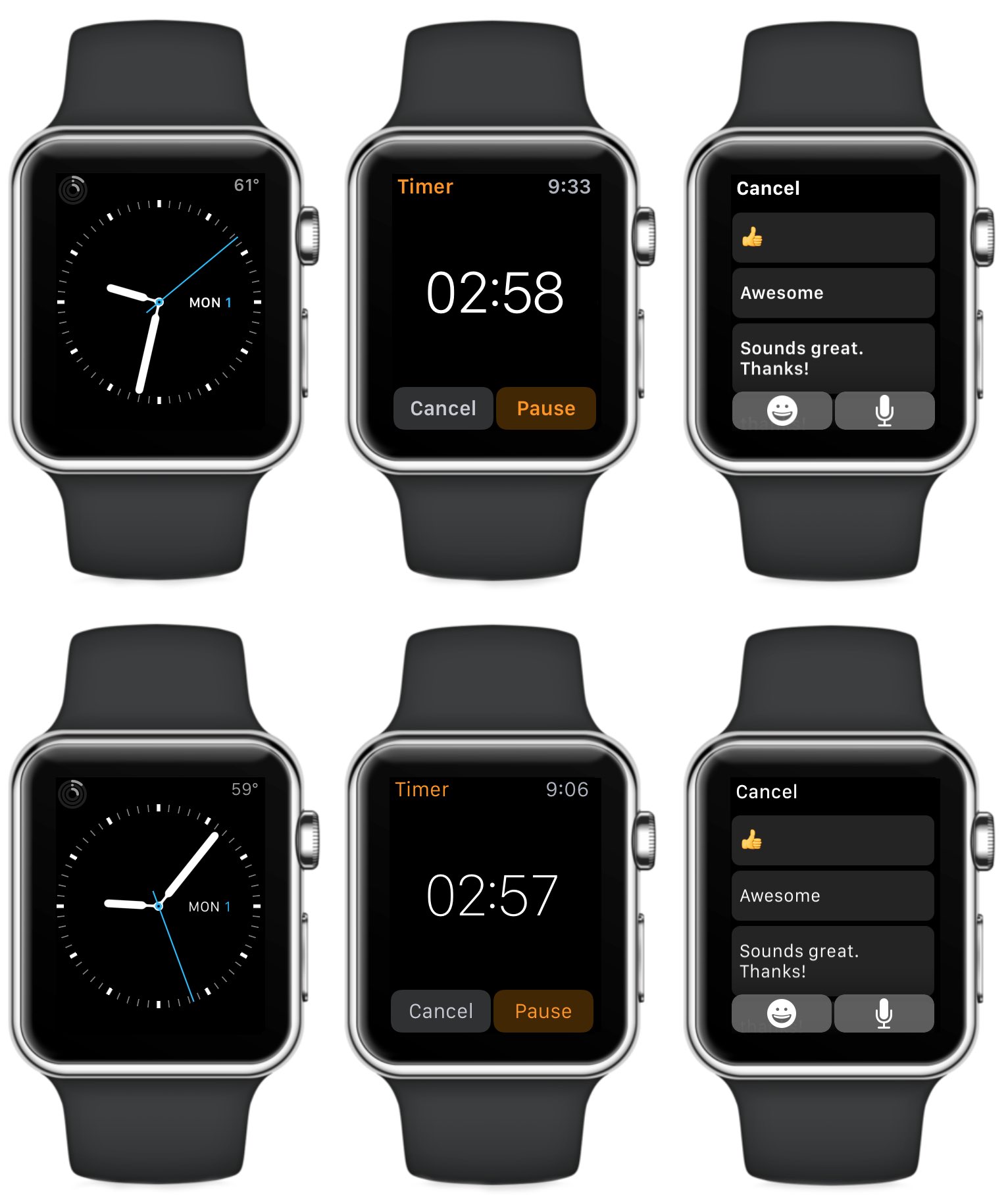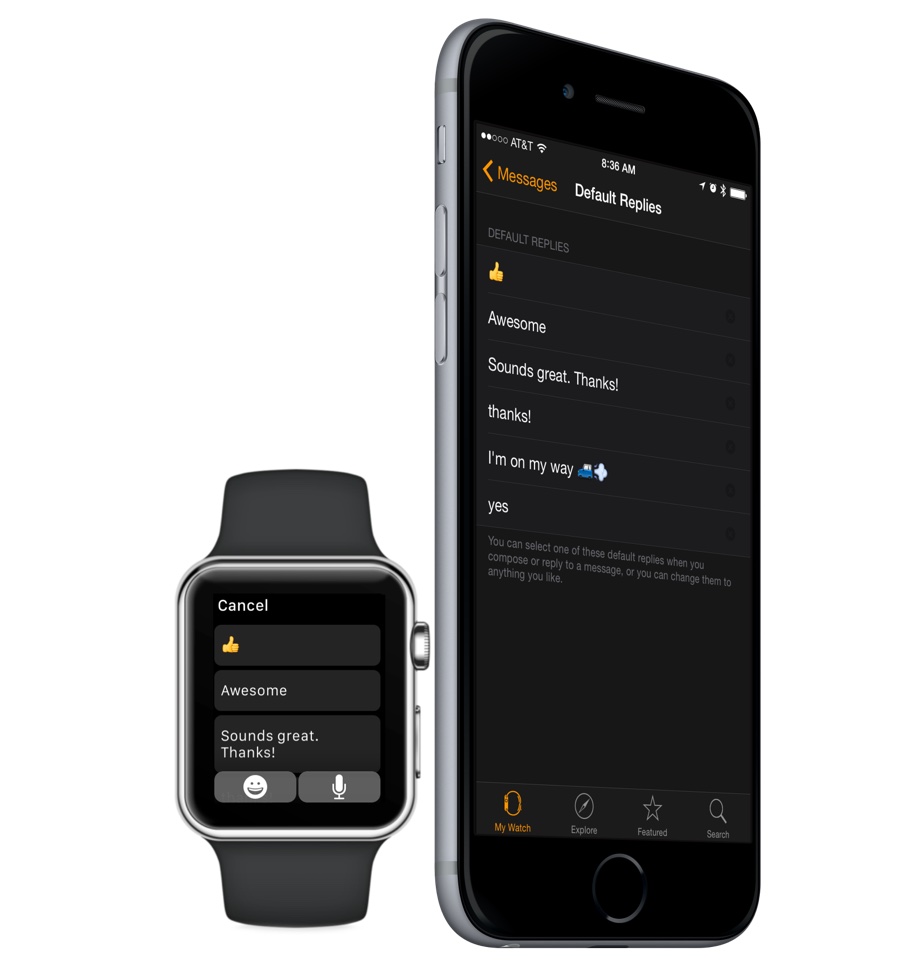Joanna Eitel is another one of the 90 pilot members who took The Focus Course this past spring. Joanna and her husband Tyler actually live here in Kansas City, Missouri. They have a 3-year old son and 1-year old daughter.
![]()
After the pilot course, I asked Joanna some questions about her specific challenges related to focus, what her thoughts are about doing work that matters, and how the course impacted her.
* * *
Shawn: What is your biggest challenge related to focus?
Joanna: For me, I have many roles: wife, mother, administrator, event coordinator, friend, and daughter just to name a few. And while I love every one of these roles, they don’t always stick to their own clean and organized schedule.
I could be in the middle of a conference call and one of my kiddos has a fall. Or while sitting in a staff meeting I may be distracted trying to remember what I need from the grocery store. Or perhaps I’m in the middle of cooking dinner and get a text from my boss requesting my attention on an issue. Even if he doesn’t need my answer right away, it now has my focus.
Through your course, I learned that many times these situations are related to the pressure to deal with what you call the tyranny of the urgent and not having a solution on how to filter such “pop-ups” as they arise.
What does the idea of work / life balance mean to you?
That these roles can coexist, however I need balance and a good action plan to juggle it well. When at work I want to be energized to do my best and give my all. However when I come home, I need to know how to unplug and be intentional with my family and personal life. Not only does this directly connect to my habits and disciplines at home but also what habits and systems I have in place at work!
What was something you learned during the course?
I learned several things, actually:
- During one of the modules I realized part of my day at home was lost simply thinking of what needed to be done or deciding what to focus on next. If I tried checking the task list on my phone I found myself getting distracted by various social media notifications or emails. Now, I have a small white board on my refrigerator. Along with my project management apps or calendars that I love, I write my top priorities for that day on the white board. What project I’m focusing on, what calls need to be made, even if there’s laundry downstairs that I can’t forget about. The same goes for if I think of an email that I need to send or an idea to fully process later, I’ll note it on the board instead of worrying that I might forget. It’s simple and serves as a constant reminder to stay focused in the midst of the inevitable curve balls throughout the day.
-
All throughout the Focus Course, Shawn, you did an incredible job not only sharing steps and systems on how to be productive and focused but also you walked me through, step by step how to create my own mission statement and life goals. And not just within my vocation (which I think is where most of us focus on) but physically, financially, spiritually and relationally as well! Now when an opportunity arises, I am able to make a decision based on those core values and what I am called to “focus on” in this season. I can remember to stay true to who I am called to be and not distracted by what Pinterest defines as perfect or successful.
-
Also, the concept of organizing one’s time and productivity is not new to me. When I first read Getting Things Done by David Allen I was hooked. Because of my love for all things administrative and organization, I enjoy reading ideas and methods used by some great men and women — it just makes sense! However after becoming a mom and having even more to juggle, I had a harder time making sense of it all and finding where to even start. Along with research and insight, Shawn was even able to relate how he and his wife are able to apply these practices in their own home life. As a working mom, I finally felt like I had someone to relate to!
The way the course was laid out made it easy follow, and it provided practical avenues to integrate the principles into my daily routine immediately.
Did the daily tasks that accompany the course help to make the teaching sink in?
Yes! Having daily “homework” — or tasks — challenged me to put each philosophy introduced into practice, one step at a time.
I will never forget reading the assignment on Day One: laying out my clothes for the next day. For me it turned out to be a day that I was only planning on playing with the kids and tackling a long list of chores. Still, I laid out my favorite pink t-shirt and jeans. It actually made quite a difference! The simple act of getting dressed sooner in the day without a doubt jump started productivity level. Had I waited to make this simple of a decision until that day, I probably would have been caught up in the swirl of the day and the “tyranny of the urgent” and would not have felt clear, level headed and prepared for the day ahead.
What was your favorite aspect of the course?
My favorite part of this course was taking it along with my husband!
While we weren’t always on the same day, we enjoyed being able to challenge each other and follow up with what each of us was learning. It also made it easier to integrate these practices into our daily routine. One outcome from this course is we have started a weekly “team meeting” / in-home date night! We get the kids to bed, grab some dessert and connect about crucial decisions we need to make for our family. We review our budget, calendar, bring up any new opportunities to discuss, even take time to dream and vision cast when time allows. While some weeks may be more of a quick “touch base” and others take detailed planning, we now have routine we can rely on. Not only has this strengthened our focus as a family but it has strengthened our marriage. Taking the time to discuss your life vision as well as mission as a family is priceless. I highly recommend taking the Focus Course with your spouse!
Would you recommend this course to othrs?
Yes. Whether you’re a high level executive who is managing hundreds of employees, an entrepreneur with too many ideas and too little time, or a stay at home mom who can’t remember your own hopes and dreams but can name every single character on Sesame Street… I highly recommend the Focus Course. You will not only gain tremendous insight and tools to navigate this journey but will gain a new friend in Shawn Blanc to have in your corner, cheering you on.
Today’s interview is part of my countdown to The Focus Course.
Every single person who went through the pilot course and provided feedback said that The Focus Course had a positive impact on them, and that they learned about the things they were wanting to learn about and they saw change in the areas they were hoping.
You can now sign up for The Focus Course right here.








